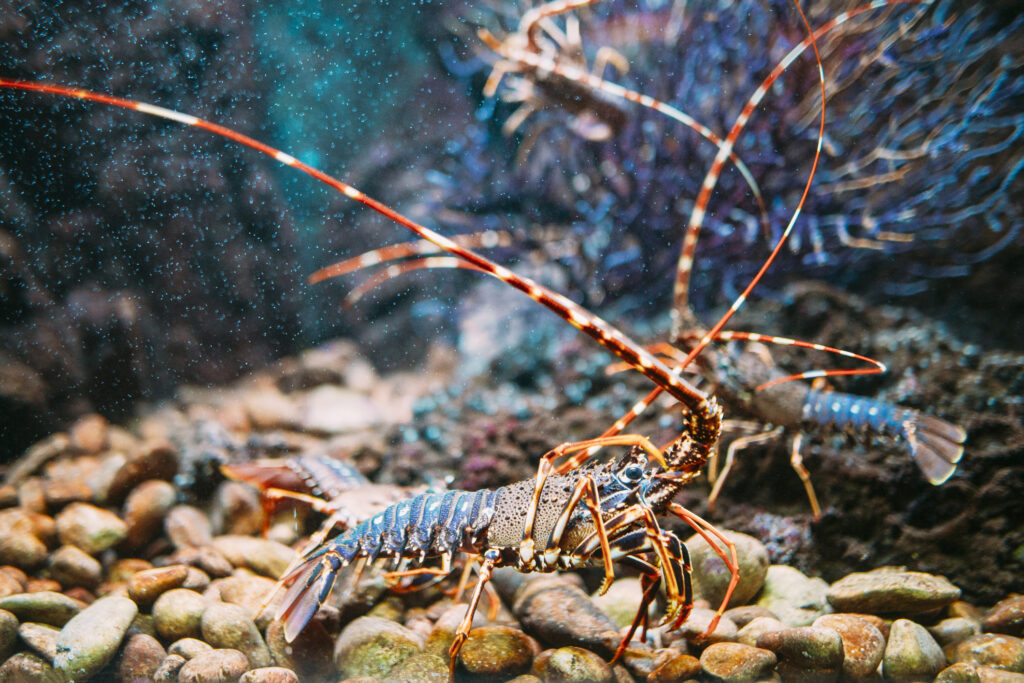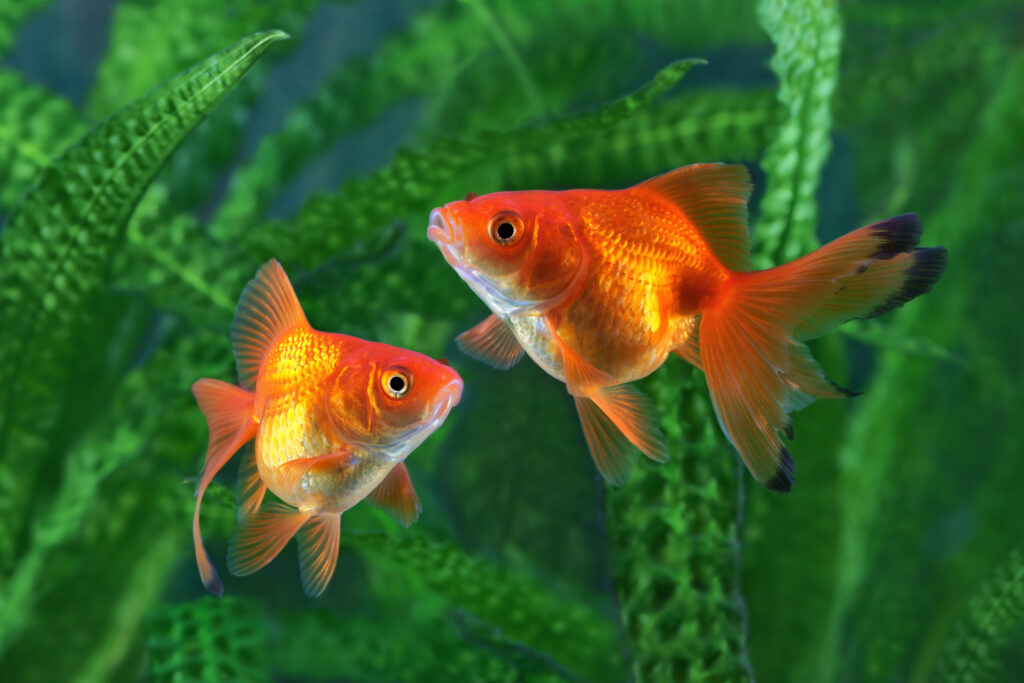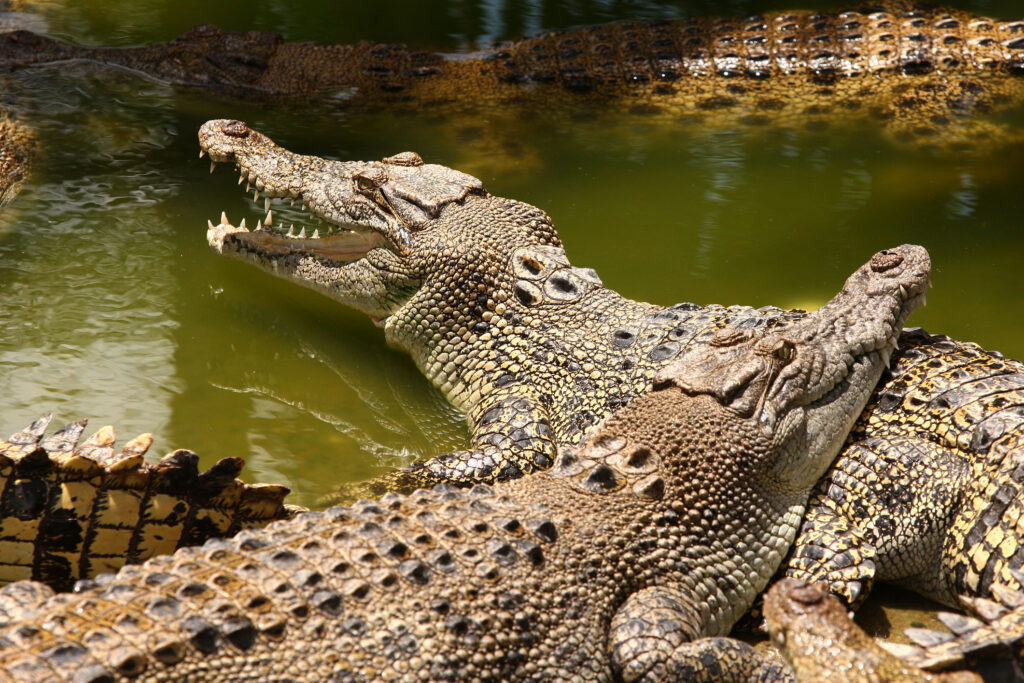We all know that there are some pretty big animals out there. But what about animals that don’t stop growing? That’s right, our planet is home to quite a few types of animals that will keep growing bigger throughout their lifetime!
If you’re as excited as we are to learn more, then keep reading for our list of just some of the animals that never stop growing, alongside the ideal habitats for them to live in.
Do Animals Stop Growing?
While many animals stop growing after they reach adulthood, some reptiles, fish and amphibians will grow continuously throughout their lifespan. Whether they live as a pet in somebody’s home, in the wild or within an enclosure at a zoo or aquarium, they’ll continue growing as they adapt to their environment.
This is referred to as indeterminate growth. Just like how human nails and hair grow endlessly throughout our lifetimes, these animals will keep getting bigger as long as they have enough space to do so within their habitat.
This is why researching animals, particularly before owning any as a pet, is super important. If you’re thinking of keeping an animal that never stops growing, you’ll need to make sure its enclosure offers a suitable environment. Failing to provide enough space or the correct water for example can cause issues that pet owners won’t be aware of unless they properly research the ideal habitats.
Examples of Animals that Never Stop Growing
Ready to dive into a few examples of animals that never stop growing? Here, we’ll give an overview of their typical habitat and how large they can grow in the right environment.
Lobsters
Lobsters are unlike other sea creatures with an exoskeleton because this typically limits growth. Instead, they can shed their exoskeletons during the moulting process which happens a few times throughout their lives. Each time they do this, they can grow slightly larger.
All species of these crustaceans, including the European Lobster, can grow indeterminately. This particular species of lobster which can be found in our Temperate exhibit prefers a saltwater environment and tends to be most comfortable in shallow waters where the sea floor is filled with rocks and mud. In this habitat, they can grow up to 100cm throughout their lifetime.

Snakes
All snakes have indeterminate growth, including species such as Python and Anaconda.
Compared to other animals in this list, Pythons have a much shorter lifespan. However, they still grow continuously over this period, becoming heavier and longer in the process. The Royal Python, also known as a Ball Python because of the way they roll into a ball to defend themselves, can grow up to 120cm in its lifetime. This species prefers living on land, finding comfort on the ground or in the trees.
Meanwhile, the Anaconda thrives in a tropical and wet environment with plenty of space since they can grow to be more than 600cm in length!
Goldfish
While Goldfish are often thought of as short-lived pets, they can live for multiple decades and never stop growing when they’re kept in the right conditions. Sadly, lots of Goldfish owners skip the research stage before becoming responsible for this beautiful orange fish species, which leads to them being kept in less-than-ideal conditions.
When they’re raised in large tanks or ponds in direct sunlight, they can grow to be around 40cm and live much longer than the typical 1-2 years that most Goldfish owners experience when they’re kept in small tanks. This just shows how important it can be to research the perfect habitat for your new pet.

Rockfish
Rockfish species never stop growing partly because it can take more than two decades for them to reach adulthood. But even once they reach maturity, they continue getting bigger. With plenty of space to grow either on rocky reefs, in shallow waters or even in deeper water on the seafloor, rockfish can reach up to 100cm throughout their lifetime.
Crabs
Crabs are another animal that has indeterminate growth. However, the way they grow is slightly more unique than other animals on this list. This is because crabs grow each time they moult, which happens many times before they reach maturity. Once they enter adulthood, they’ll moult each time they intend to breed, getting slightly larger each time.
Crabs around the world have varied habitats, although they tend to enjoy burrowing in sand or mud areas in shallow waters for the most part.
Crocodiles
Crocodiles can live for more than a century, and over that time, they grow continuously, often seeming to appear more dinosaur-like as they age.
Crocodiles thrive in humid and tropical climates near water, where they’ll often hide before attacking prey. In this environment, they can grow to around 430cm throughout their lifetime.

Sharks
As long as a shark’s environment allows it, they’ll keep growing throughout their entire lifespan. Not only will they get bigger, but they’ll also never stop growing teeth. In fact, a shark is likely to grow around 20,000 teeth throughout its life!
The Sand Tiger Shark’s ideal habitat is quite varied since they can be found in the Atlantic, Pacific, and Indian oceans, alongside the Mediterranean and Adriatic Seas. In the wild, they can grow up to 320cm.
You can find our Sand Tiger Sharks in our Underwater Tunnel exhibit if you’re interested in learning more about the habitat and behaviours of these fascinating creatures!
Coral
Often mistaken as a plant, coral is actually an animal capable of indeterminate growth of up to 20cm per year. The easiest way to tell the age of coral is its size because it grows larger as it matures.
This animal’s habitat is typically warmer, and they typically require salty, clear water that allows plenty of light to reach it. Without this, its growth can be limited.
Chinese Giant Salamander
Last but not least on our list of animals that never stop growing is the Chinese Giant Salamander. These animals are known to grow up to 112cm, although they’re recorded to have grown much larger in the past. This type of Salamander thrives in rocky mountainous areas of China covered with rivers and large streams.
A similar species, the Barred Tiger Salamander, can be found in a variety of habitats including forests, fields, meadows, grasslands and deserts. At Deep Sea World, you can find these fascinating amphibians in our Temple of Frogs exhibit.
Whether you’re hoping to own one of these animals as a pet or are just interested in learning about their ideal habitats and never-ending growth, we hope you’ve enjoyed this blog.
Why not come along to Deep Sea Aquarium and see how many animals capable of never-ending growth you can spot? Book your tickets today and we hope to see you soon!
